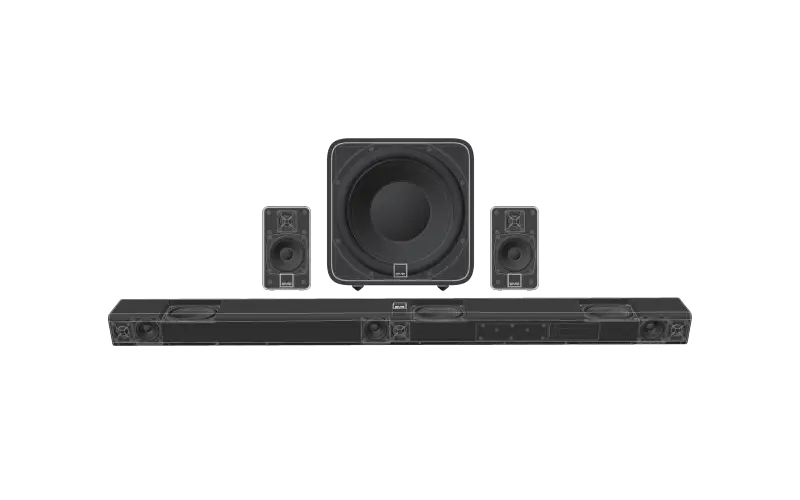By: CE Critic
The recent announcement of LG Display's successful development of an OLED panel incorporating blue phosphorescent technology marks a significant milestone in the evolution of display technology. This breakthrough has the potential to reshape the landscape of OLED displays, addressing longstanding limitations in brightness, longevity, and power efficiency.
A Brief History of OLED Technology
Organic Light-Emitting Diode (OLED) displays have captivated the world with their stunning image quality, vibrant colors, and deep blacks. Unlike traditional LCDs, OLEDs don't require a backlight, enabling them to achieve unparalleled thinness and flexibility. However, the technology has faced persistent challenges, particularly related to the blue subpixel.
The first OLED displays emerged in the late 1980s, but it wasn't until the early 2000s that commercial production began. Early OLEDs were primarily used in small devices like MP3 players and digital cameras. By the late 2000s, OLED technology had matured enough to enable the production of large-screen TVs and smartphones.
While OLED displays quickly gained popularity for their superior image quality, they lagged behind LCDs in brightness and faced concerns about burn-in, especially in the blue subpixel. Blue OLEDs, traditionally based on fluorescent materials, were less efficient and had a shorter lifespan compared to red and green OLEDs, which utilized phosphorescent materials.

The innovative "Dream OLED" technology represents a significant leap forward in OLED display advancements. At its core lies the utilization of PHOLED (Phosphorescent OLED) materials, particularly for the blue subpixel. Traditionally, blue OLEDs relied on less efficient fluorescent materials, leading to limitations in brightness and lifespan compared to red and green OLEDs. By incorporating PHOLEDs, LG Display aims to overcome these challenges, achieving higher efficiency, extended panel longevity, and reduced power consumption. This breakthrough has the potential to redefine the OLED landscape, addressing concerns like burn-in and paving the way for brighter, more durable displays across a range of devices, from smartphones to large-screen TVs.
Current OLED Landscape: LG, Samsung, and Sony
Currently, LG Display and Samsung Display dominate the OLED market, each employing its own unique approach. LG utilizes a White OLED (WOLED) architecture, where a white OLED layer is filtered to produce red, green, and blue subpixels. This approach offers excellent color accuracy and wide viewing angles but suffers from limitations in brightness.
Samsung's QD-OLED technology combines blue OLEDs with quantum dots to produce red and green subpixels. This approach boasts improved brightness and color gamut, but it is currently limited to smaller displays and faces challenges in achieving uniform brightness across the panel.
Sony, another major player in the OLED TV market, primarily sources its panels from LG Display. While Sony's TVs offer exceptional image processing and picture quality, they inherit the same limitations as other WOLED-based displays.

Comparing "Dream OLED" to Apple's OLED Technology
Apple currently employs OLED displays in its high-end iPhones and Apple Watches, sourcing panels from Samsung Display. These displays offer impressive brightness and color accuracy but are still susceptible to burn-in.
LG's "Dream OLED" technology, with its potential for improved efficiency and lifespan, could challenge the current dominance of Samsung's OLEDs in the mobile market. The enhanced efficiency and lifespan could translate into longer battery life and reduced burn-in concerns for future iPhones and Apple Watches.
Predicting the Future: CES 2025 and Beyond
LG Display plans to evaluate the mass production performance of its "Dream OLED" panels within the year and aims to commercialize the technology soon. While it's uncertain whether we'll see consumer products incorporating this technology at CES 2025, it's highly likely that we'll witness prototypes or technology demonstrations showcasing its potential.
The impact of this breakthrough could extend beyond small displays. The improved efficiency and lifespan of blue OLEDs could pave the way for larger OLED panels in TVs and monitors, addressing the current limitations in brightness and burn-in concerns. This could accelerate the adoption of OLED technology in the PC monitor market, where high brightness and longevity are crucial.
Moreover, as the demand for on-device AI and power-hungry applications grows, the energy efficiency gains from "Dream OLED" could become even more significant. This technology could help extend battery life in mobile devices and enable more powerful AI capabilities without sacrificing performance.
Conclusion
LG Display's development of the "Dream OLED" panel signifies a pivotal moment in the evolution of OLED technology. By overcoming the limitations of the blue subpixel, this breakthrough promises to unlock a new era of OLED displays with improved brightness, lifespan, and power efficiency. While it may take some time for this technology to reach consumer products, its potential to reshape the display landscape is undeniable. From smartphones and tablets to TVs and monitors, the impact of this innovation could be far-reaching, setting a new standard for display performance and user experience.





